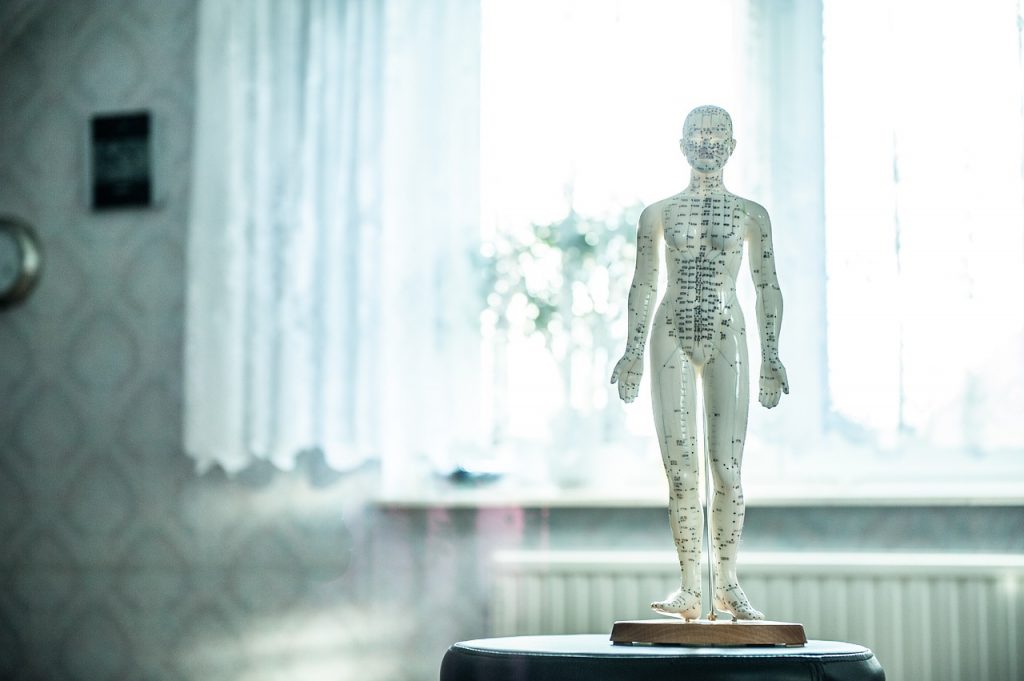
When choosing our health care, the distinctions between traditional western medicine and alternative care are clear – the approach for each is very different. What most of us don’t realize is that within the same general category of western medicine, licensed physicians can have either an MD (doctor of allopathic medicine) or a DO (doctor of osteopathy) degree. The difference lies less not so much in the medical training as in the attitude.
In the US, doctors of osteopathic medicine receive a medical education nearly identical to their allopathic colleagues. DOs and MDs both attend four years of medical school followed by graduate medical education through internships and residencies. Residencies are generally three to four years and prepare the physician to practice a specialty such as family medicine, pediatrics, obstetrics or sports medicine. However, about a tenth of the DO coursework focuses on osteopathic principles and practice, and this is where differences in approach become most apparent.
Allopathy is the medicine that most people are familiar with – a science-based practice focused on diagnosing and treating medical conditions. While MDs rely on pharmaceuticals, surgery and FDA-approved treatments for illness with a focus on symptoms, osteopathy takes a more holistic approach and focuses heavily on prevention. Their core set of techniques is osteopathic manipulation. An important tenet of osteopathy is that misalignments in the body’s anatomy can affect its proper functioning; another is the belief that the body has an innate ability to heal itself. Many of osteopathic medicine’s manipulative techniques are aimed at releasing the impediments to proper symmetry and function so the self-healing mechanism can assume its optimum role. The techniques are based on an ideology created by Andrew Taylor Still, a 19th-century American Civil War surgeon, but the practice of osteopathy has undergone changes since it began back in the 1800s. Today, according to the American Osteopathic Association (AOA), osteopathic manipulative treatment (OMT) is considered to be only one component of osteopathic medicine. It is often used in combination with pharmacotherapy, rehabilitation, surgery, patient education, diet and exercise. Additionally, OMT techniques are used as part of other disciplines, such as physical therapy or chiropractic care.
Dr. B is a psychiatrist who chose to be a DO. He offered some insights on one of the cornerstones of osteopathic principles: the facilitated segment, a self-regulating cycle or a new norm that is dysfunctionally stable. The idea is that all systems maintain for stability, whether inside one’s body, inside one’s thinking, or between oneself and the environment in which one lives. When a force or external aberration is added to a system, the system is thrown out of equilibrium. If the force is strong enough or lasts long enough, the system will not be able to return to its prior equilibrium state but will adjust to this external force as the new norm and will establish an equilibrium with it as dysfunctionally stable. Everything adjusts around this dysfunction and over time adjusts such that it maintains it even if the aberration is removed from the system. This is a self-regulating cycle, or a facilitated segment.
Dr. B gave me a clinical example that illustrates the facilitated segment: after a divorce, a single mom brings an abusive male into the family. The whole family starts to walk on eggshells around this man, then it becomes the new norm. Even after the mom throws the abusive guy out and divorces him, her daughter continues to walk on eggshells and finds abusive men to date, maintaining the system. Removing the dysfunctional family situation won’t change her behavior, as her instinct is now to maintain the dysfunctional norm. Even after leaving one bad relationship, what usually happens is that the next man she dates will be picked to fulfill the same role.
If this woman were to seek medical help for depression or anxiety, an MD would look at her symptoms and try to treat the patient from there. A DO, using the facilitated segment model, will look at the whole system and try to understand what is maintaining it. A DO understands that symptoms are created by the friction of the underlying system. If those problems are addressed and adjusted, the symptoms lose their meaning and resolve on their own. Treating only the symptoms, as an MD would, might relieve discomfort in the short term, but in the long run, it actually enables the system to continue building friction. Eventually, that pressure causes the symptom to re-emerge, subverting treatment and causing a vicious cycle of overmedicating the patient.
In choosing your own doctor, the attitude you take toward your own health should be the deciding factor. Some people prefer to trust what they see as the medical norm for medicine. Those with a more holistic outlook can look to osteopathy for an integrated approach to their health. The majority of DOs are primary care physicians, but they are found nearly as frequently in specialized fields. Their services are covered by insurance the same as if they were MDs. Chances are, you never knew you had a choice. Now you do.
